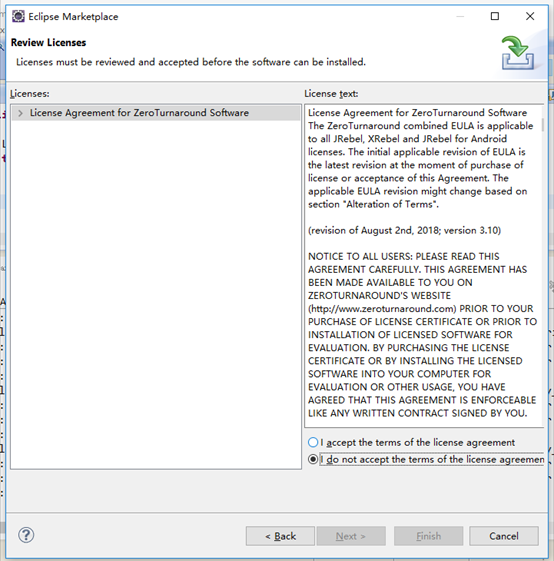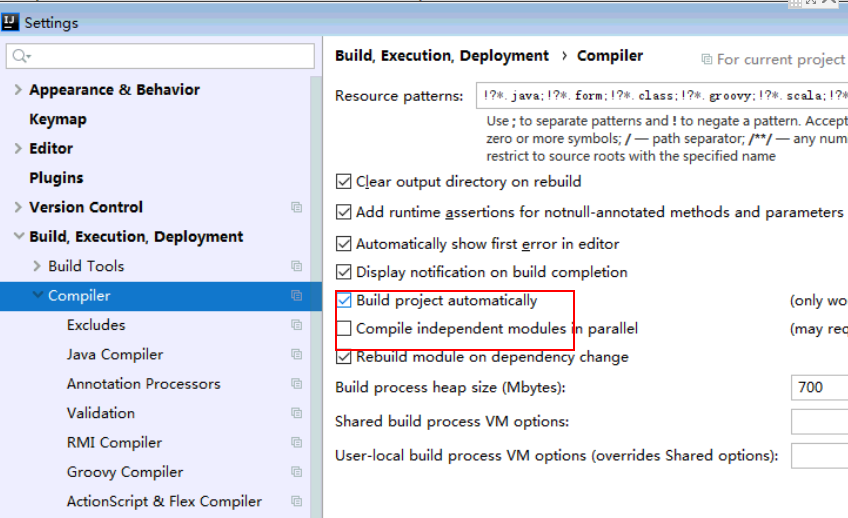

- #JREBEL ECLIPSE PLUGIN TUTORIAL INSTALL#
- #JREBEL ECLIPSE PLUGIN TUTORIAL CODE#
- #JREBEL ECLIPSE PLUGIN TUTORIAL DOWNLOAD#
If configuration parameters for each individual instance are required, they're handled via a config.jelly file stored in a resource package named after the extension class. For instance, the Setting context path in a plugin defining a class extending LabelAtomProperty, an object of this class is instantiated for each LabelAtom (provided that the plugin is activated by the user in the label's configuration page). the descriptor handles the global configuration of the extension while the extension class itself handles the individual configuration of the extension.the annotation must be placed on the inner descriptor class to let Jenkins know about this extension.in general, a plugin extension should extend an existing extension point (a class that implements ExtensionPoint), and define an inner static class extending the corresponding descriptor (a class extending ).
#JREBEL ECLIPSE PLUGIN TUTORIAL CODE#
See the sample source code for more information about how a Builder is implemented and what it does. The bulk of work in the plugin consists of implementing those extension points. Extension points approachĪ Plugin class is optional a plugin may simply implement extension points, registering them with the annotation for automatic detection by Jenkins. Once Jenkins detects this plugin class (via its inheritance relationship from Plugin), it will create an instance, and invoke methods. (deprecated in favor of the Extension points approach below)Ī plugin's main entry point may be a PluginImpl class that extends from Plugin. Static resources of the plugin, such as images and HTML files. This will automatically create a maven project based on the specified artifact (e.g. In the next screen select io.ugins as groupID and choose an artifactId (Project name) and Version to your liking. Consider installing the IntelliJ IDEA plugin for Stapler to make the development easier.Īlternatively,emtpy create a new Maven project using Create from archetype and Add an Archetype. Select the GroupId and ArtifactId as above and choose RELEASE as version. IntelliJ 7.0 (or later) users can load pom.xml directly from IDE, and you should see all the source code of libraries and Jenkins core all the way to the bottom. Most visibly, create a new plugin using New Project » Maven » Jenkins Plugin, and use Run project to test it. This offers many Jenkins-specific features. You are advised to use the NetBeans plugin for Jenkins/Stapler development.
#JREBEL ECLIPSE PLUGIN TUTORIAL DOWNLOAD#
(Or just select Download Sources on the Dependencies node.) This allows you to read the Jenkins core source code as you develop plugins. NetBeans users can use the IDE's Maven support to open the project directly.Īs you navigate through the code, you can tell NetBeans to attach source code JAR files by clicking the "Attach" button that appears in the top of the main content window.
#JREBEL ECLIPSE PLUGIN TUTORIAL INSTALL#
$ mvn install Setting up a productive environment with your IDE NetBeans

To start developing a new Jenkins plugin, use an IDE (below), or if you are more comfortable with Maven, run the following command: And the mirror declaration is probably unnecessary. Note that adding the Jenkins repositories in a profile like this is not really necessary since most (all?) plugins already define these repositories. hpi:create instead of :maven-hpi-plugin:1.61:create), though this is unnecessary once you are already working in a plugin project (only useful for initial hpi:create). This will let you use short names for Jenkins Maven plugins (i.e. If this is the first time you are using Maven, make sure Maven can download stuff over the internet. To develop a plugin, you need Maven 3 ( why?) and JDK 6.0 or later. Builders build a project.) Setting Up Environment (built-in builders include Ant, Maven, and shell script.

In this document, we'll be implementing a Builder that says hello. See this document for more about extension points. Those interfaces define contracts of what needs to be implemented, and Jenkins allows plugins to contribute those implementations. Jenkins defines extensibility points, which are interfaces or abstract classes that model an aspect of a build system.


 0 kommentar(er)
0 kommentar(er)
